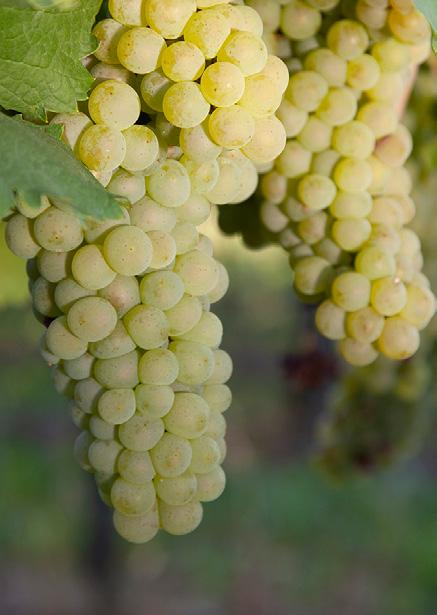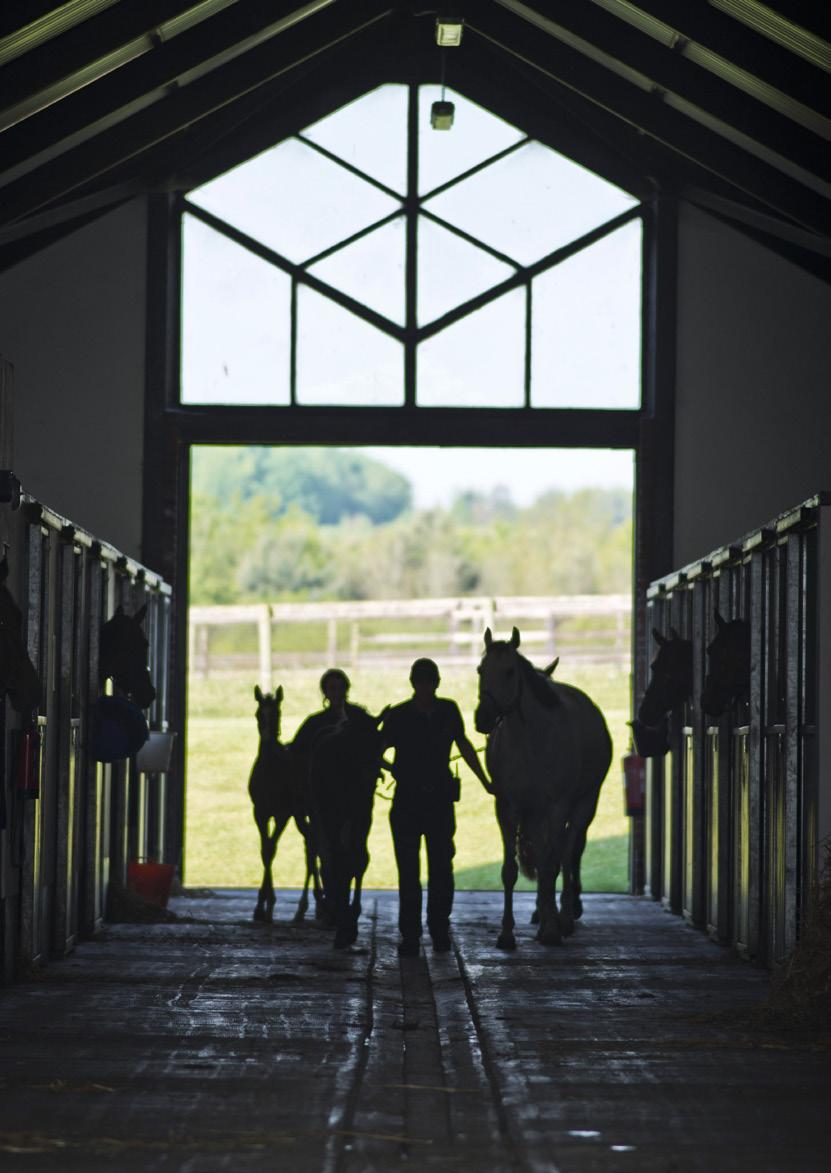
LIKE A FINE WINE, A RACEHORSE’S GRACE AND POWER ONLY GROW MORE MAGNIFICENT WITH TIME. BOTH EVOKE A PASSION AND APPRECIATION THAT CAN ONLY BE DESCRIBED AS A TRUE LOVE AFFAIR.
Dominic Lagan

The history of Newsells can be traced back to the Domesday Book in 1086 with Newsells Park Stud being established in 1926 by Sir Humphrey de Trafford. Many top class horses have been bred at Newsells Park Stud, including the 2019 Gr.1 Prix de l’Arc de Triomphe winner Waldgeist, multiple Gr.1 and Classic 1,000 Guineas heroine Legatissimo, Classic Gr.1 St Leger winner Masked Marvel, as well as Gr.1 winners Japan, Mogul, Lightning Spear, Secret Gesture, Gitano Hernando, Librisa Breeze and Rite Of Passage.

Graham and Marcela Smith Bernal purchased Newsells Park Stud and its bloodstock in 2021 and during Graham’s due diligence, he discovered that the 1,200 acre estate comprised of 175 acres of south facing chalk land. On further investigation by leading experts in viticulture, the soil was deemed exceptionally good for growing vines. In the Spring of 2022, 45,000 vines were planted at Newsells, the three varieties in champagne: Chardonnay, Pinot Noir and Pinot Meunier.

Climate change has resulted in the Champagne region in France becoming too hot for growing the three varieties needed to make their famous sparkling wine. France’s venerable champagne houses, Vranken-Pommery and Taittinger have set up in Kent, just across the Channel in southeast England. Lead UEA (University of East Anglia) researcher Prof. Steve Dorling, of the School of Environmental Sciences and forecasting company Weatherquest Ltd, said, “We’ve seen viticulture in the UK expand nearly 400 percent from 761 to 3800 hectares between 2004 and 2021. Over that period the warming climate has supported much more reliable yield and quality of the Pinot Noir and Chardonnay
grape varieties—these varieties are blended in the production of champagne-style sparkling wine.” Dr. Alisdair Nesbitt said, “We have shown that in some areas of the UK the bumper vintage of 2018 will become the norm, and that Champagne region grape growing temperatures from 1999-2018 are projected to occur across an expanding area of England during 2021–2040. In certain years, a few areas of the UK may see growing season climates similar to those that contributed to the very best recent vintages of Champagne, as well as support increased potential for Burgundy and Baden-style still red wines.”
Cambridge


WE WANTED TO NAME OUR WINES IN A WAY THAT REFLECTS THEIR SUPERIOR QUALITY. THERE WAS NO BETTER WAY, THAN TO PAIR THEM WITH OUR GREATEST BLOODSTOCK.
 Graham and Marcela Smith Bernal
Graham and Marcela Smith Bernal
Shastye really was that mare in a million and her achievements and the exploits of her progeny have been well documented over recent years. Bought by Klaus J Jacobs and John Warren at Tattersalls December Sale in 2005 for 625,000gns, she could hardly be considered cheap, but what a bargain she turned out to be.
Her yearlings alone generated over £15 million at public auction and more importantly she produced three Group 1 winners, (and we unashamedly include Secret Gesture here, who had her Gr.1 Beverley D Stakes victory taken away from her), four Group winners and five Group/Stakes winners overall.

SHASTYE’S
Her progeny, including Secret Gesture, Sir Isaac Newton, Japan and Mogul, won Group 1 races in England, France, North America and Hong Kong.
The exploits of her progeny, most notably formed from her wonderful partnership with the extraordinary Galileo, gave Newsells the most unforgettable moments, whether they came amid the silence of a hushed sales ring, or accompanied by the roar of the crowd at Epsom, York, Longchamp or Sha Tin.

A Classic Cuvée with an attractive pale golden colour and fine mousse, Shastye has vibrant citrus zest aromas layered with honey and nuts, all smoothly integrated with creamy oak, baked apples and marzipan. Deep and rich, yet refreshing on the palate with bright, crisp acidity and a long, complex finish. A very limited release, the Shastye is a premium blend of Chardonnay, Pinot Noir and Pinot Meunier, 100% barrel fermented and then aged for seven months in old oak barrels, resulting in a much softer, creamier and spicier wine. Once bottled, the wine was aged 7 years on lees, allowing the development of its complex toasty character.









